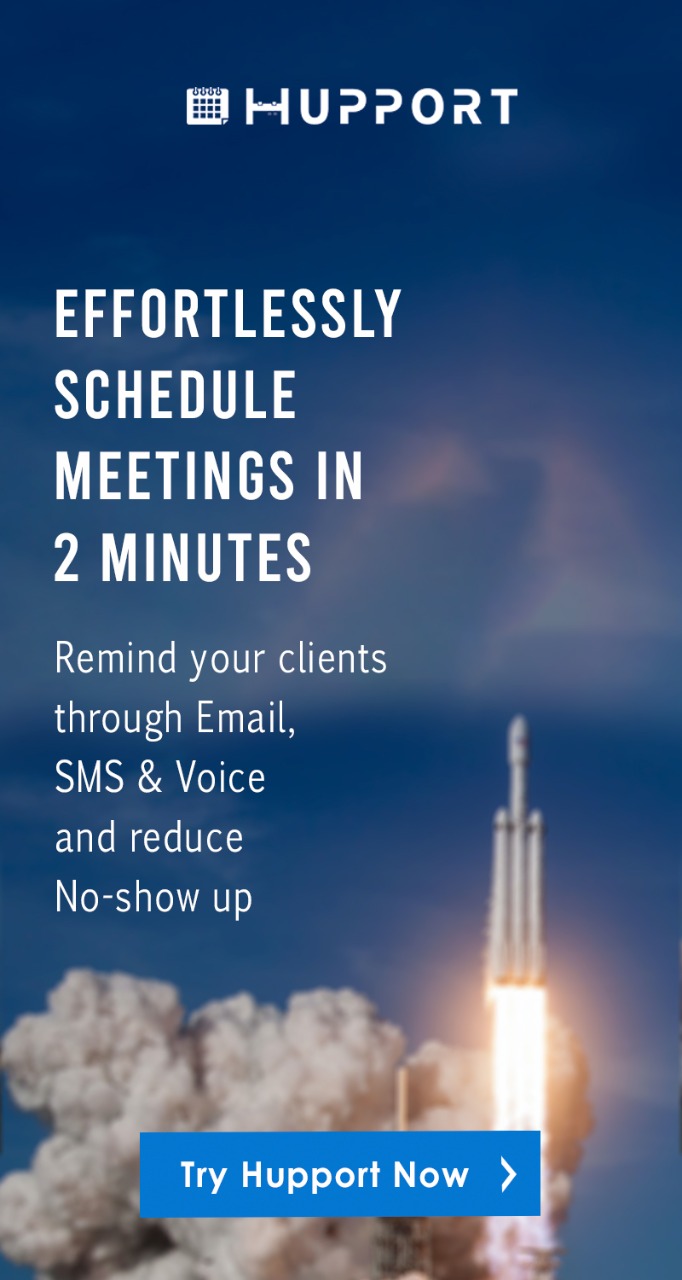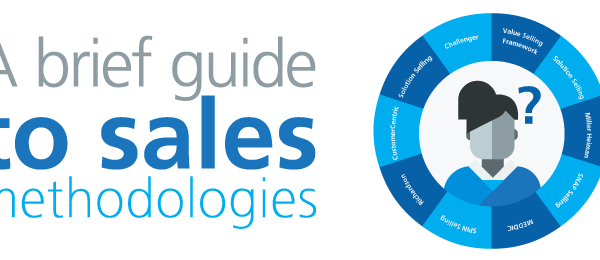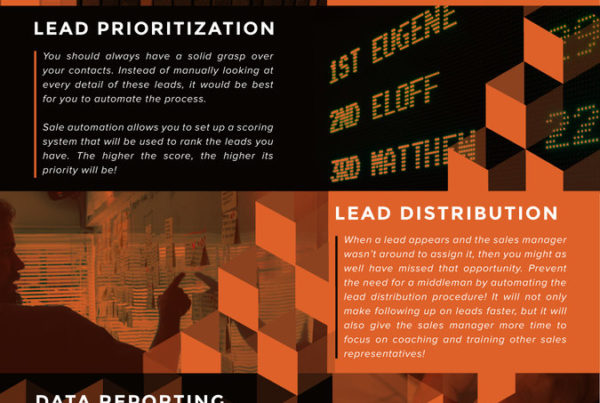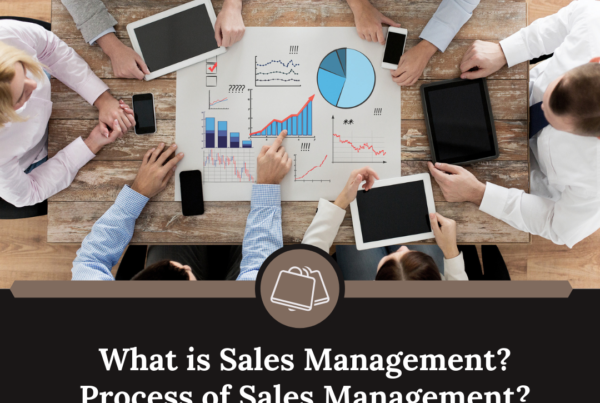10 Sales Funnel examples and Case Studies: The ability to nurture leads through your sales funnel will determine how many customers you are able to convert.
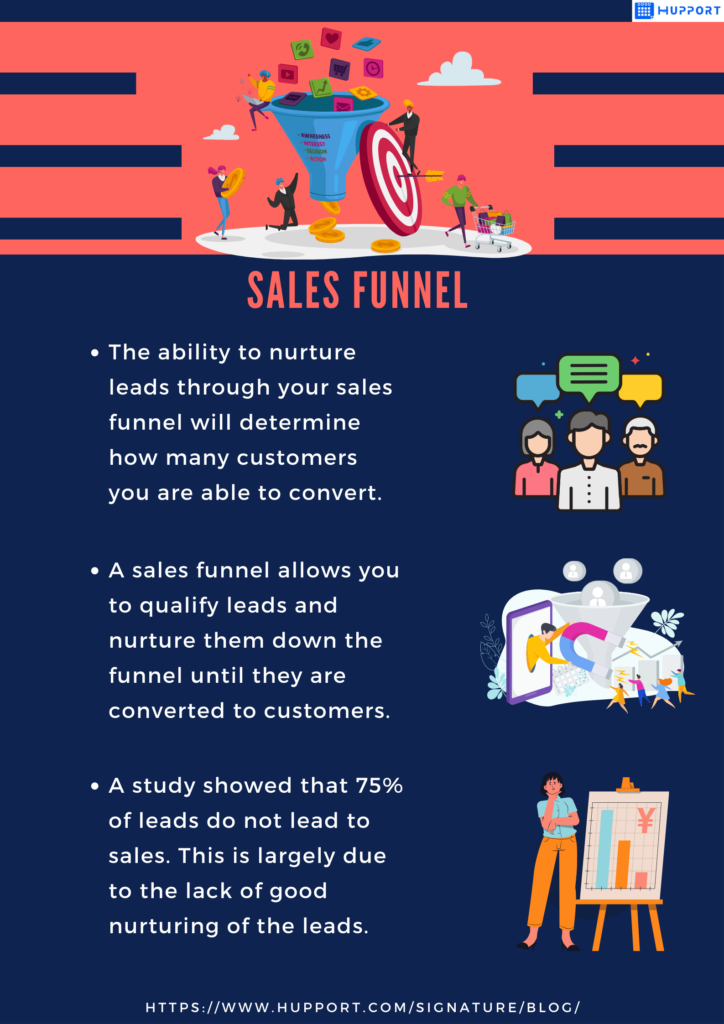
A sales funnel allows you to qualify leads and nurture them down the funnel until they are converted to customers.
A study showed that 75% of leads do not lead to sales. This is largely due to the lack of good nurturing of the leads.
As a marketer, you need to be able to effectively nurture your leads right from the moment they enter into your sales funnel.
We have compiled 10 sales funnel examples and case studies to show you how some great marketers and business owners convert leads and increase their customers.
10 Sales Funnel Examples
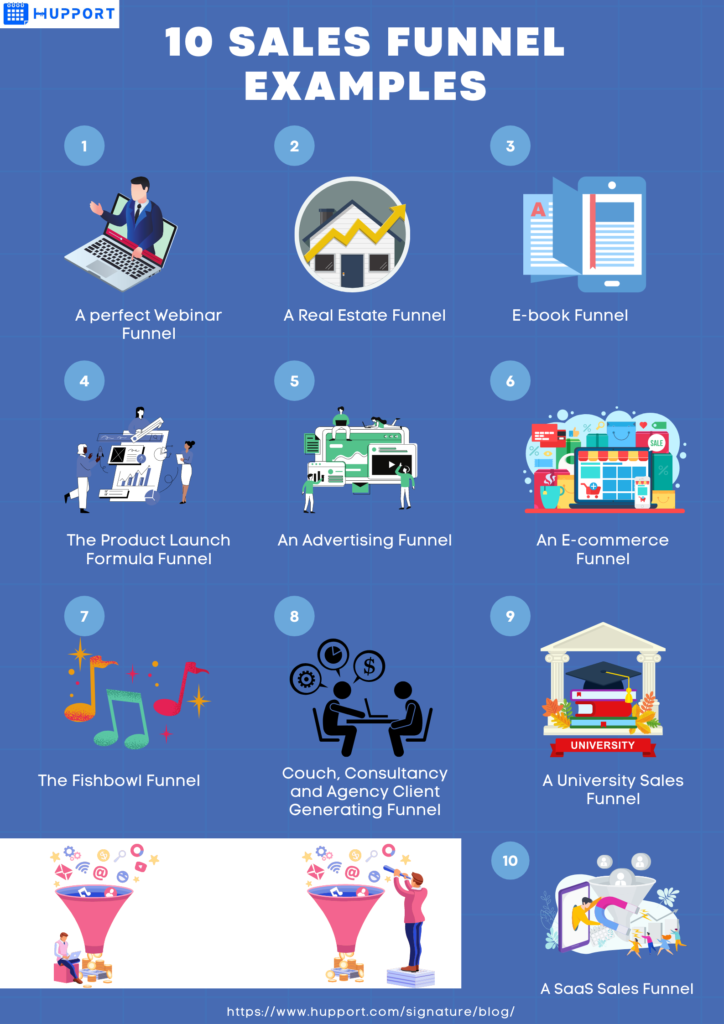
A perfect Webinar Funnel
A webinar funnel is designed to move leads through the funnel with the help of useful available contents that provide values.
Webinar is a strategy used in selling valuable contents, products and services. It also serves as an online training avenue.
A webinar funnel walks lead through a simple step of registration which lead into a qualification video sequence.
Webinars are proven to have high conversion rates in a relatively short time.
A Real Estate Funnel
Real estate funnels are used to get prospects, qualify them and convert them. An example of a real estate funnel is a real estate website.
A prospective homebuyer clicks through the real estate website and then sign up or fill a form, qualifying him/her as a lead. The lead is nurtured and move down the funnel until he/she finally buys a house (converted into customer).
The objective of the real estate funnel is to get prospective homebuyers into visiting the website and converting them to homeowners.
With good nurturing, real estate funnel is a powerful funnel to generate homebuyers and close deals.
E-book Funnel
E-book funnel is another great way to capture leads and generate sales. E-book websites such as Amazon has generated a large number of leads and provided a lot of sales.
To generate even more leads, offering free e-books generate more leads because more people will visit the website because of the availability of free books to download and read.
As leads walk down the funnel, offers are made available where a leads need to pay a little amount to get some special books or best sellers.
Using this strategy, a lot of leads are generated through the availability of free e-books which are later converted to customers.
The Product Launch Formula Funnel
The product launch formula funnel is pretty straight forward and has generated a lot of leads. It is one of the highest known converting methods.
In this funnel, prospects visit a website, views a product/service and then sign up to be able to partake of the product/service.
The product/service can be in the form of a physical product or a service offered.
The leads that want the product/service will have to pay a particular amount of money to get the product/service.
An Advertising Funnel
Advertising funnels generate leads and convert customers in a relatively short time because they are targeted.
This funnel provides just enough information to pre-qualify leads and are easily converted into customers by sales call.
Targeted advertising like Google Ads, Facebook Ads and so on are used to generate leads in their thousands and millions.
An E-commerce Funnel
An e-commerce website is a practical example of an e-commerce website.
E-commerce websites are one of the most popular sales funnel used in generating leads and making sales.
A typical e-commerce website displays products that are available for sale. A prospective buyer goes through the products and checks for the one he/she wants to buy.
The prospect then adds the selected items into a cart. Doing this has converted the prospect to a lead. The lead signs up to create a personal account for payment.
A payment method is selected and they lead pays for the items that were added to cart. These process has taken a visitor through the stage of a prospect to a customer.
The Fishbowl Funnel
This is a sales funnel aimed at using free offers to capture prospects before providing a payment channel.
A good example of this type of funnel is Spotify. Spotify generates paying customers by first providing free music streaming.
Though you enjoy free music streaming, you are interrupted with adverts. If you don’t want to be interrupted, you are provided with a premium plan where you pay a particular amount of money to enjoy uninterrupted music streaming.
Spotify successful generates more prospects using a free music streaming offer but end up making more money as its users pay for uninterrupted music streaming.
Couch, Consultancy and Agency Client Generating Funnel
Couching and consultancy agencies generate their clients through this funnel.
They provide a valuable offer or a service that people needs. Prospects then click through the website to read what services they offer.
Prospects are then directed to a signup page so they can have a personal account and be a part of the system. Prospects that signed up have then been converted to leads.
The agency talks more about their services by making available videos and contents to leads. Leads are then qualified by filling up a form.
The leads that want the service of the agency or consulting firm are then booked or they schedule a meeting. A lead will need to make a payment for consultation and services provided. This is the process of a typical coaching or consulting funnel.
A University Sales Funnel
The website of a university or a tertiary institution is another example of a sales funnel.
Prospective students go through the website for courses the university offers, tuitions, departments, etc.
A prospective student that is interested in a particular course the university offers fills up a registration form. Filling up a registration form has automatically converted the prospects to a lead.
Then prospective student applies for admission. When the admission is granted, the student pays the tuition and registers for classes. Paying the tuition as qualified the student as a customer.
A SaaS Sales Funnel
A SaaS company provides software or tools to other companies or individuals. They provide services that other companies or individual’s needs.
The sales funnel begins from when prospects click through their website to learn about their products and services.
Prospects then sign up or fill a form to get personalized contents. Prospects are now converted to leads.
Qualified leads make payment to get the software or services provided.
Sales Funnel Case Studies
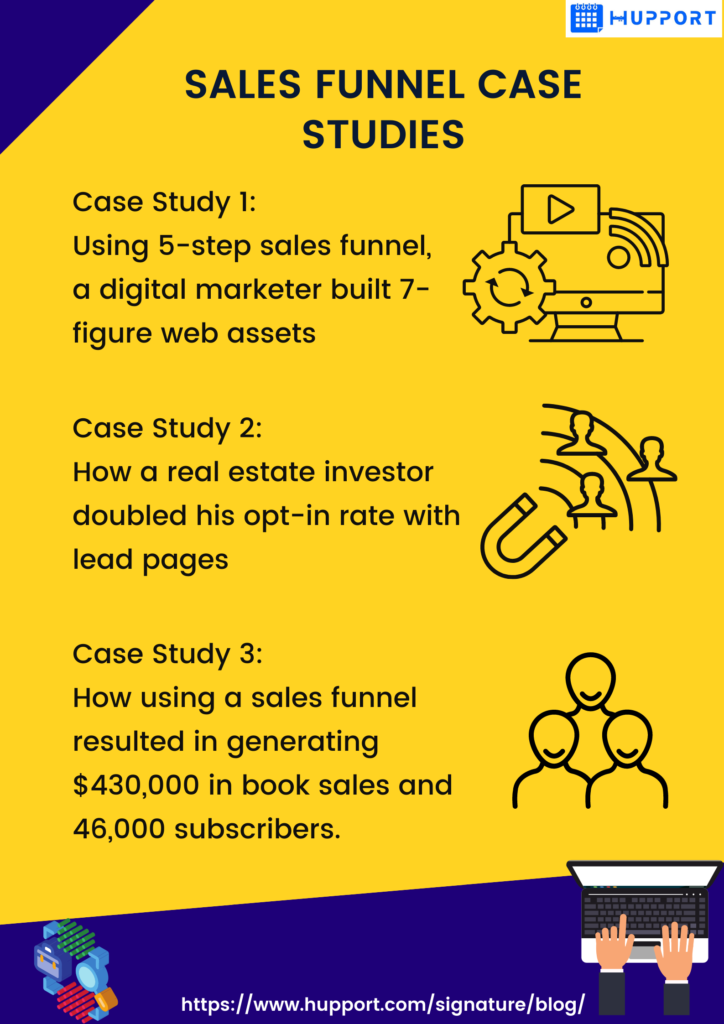
Let’s have a look at some sales funnel case studies
Case Study 1: Using 5-step sales funnel, a digital marketer built 7-figure web assets
Digitalmarketer.com, survivallife.com, diy-ready.com, all owned by Ryan Deiss and his team used sales funnel to build 7-figure web assets.
They used a 5-step sales funnel to generate a lot of money via their different websites.
They acquired thousands of email subscribers and customers and nurtured them using this 5-step sales funnel.
These 5-step sales funnel include:
Lead Magnet:
Prospects love swipe documents since it makes their activity simpler.
With regards to email marketing, for instance, a swipe document is basically a document that contains every one of the emails composed, how many times they were sent, and for all intents and purposes to increase open and click-through rates. This has led to 28,507 leads been generated in 45 days.
Tripwire:
You may not be comfortable with “tripwire” previously, however that term is regular with conversion rate specialists.
Tripwire is just the way toward fragmenting your leads into groups, and offering low-priced items and upselling clients who buy the low-priced item into one of your primary items or high-ticket offers.
That is actually what Digital Marketer does. When you select in to download their Social Media Swipe File, you’ll be sent to a business page that offers a low priced product.
Tripwire advertising is fundamental since it causes you to recuperate your investment. Digital Marketer runs a ton of Facebook Ads. This Tripwire offer gives them the underlying benefit before they even sell the principal item in their funnel.
Core offer:
After the tripwire offer, Digital Marketer will start the procedure of relationship marketing. The core offer is typically what Digital Marketer does, it is where most of its incomes are generated.
Profit Maximizer:
This is the place the Digital Marketer’s Certification courses fall into. It’s is in the funnel to help them maximize profit.
Thank you page:
A thank you page is set up to appreciate prospects and further inform them. It is important to include a thank you page in every sales funnel.
Case Study 2: How a real estate investor doubled his opt-in rate with lead pages
Dan McCabe is a real estate investor and also the President & Founder of Minnesota Real Estate Club.
He generated a lot of leads using LeadPages, a lead generating tool. He took total control of his company’s lead generation campaigns using LeadPages.
With LeadPages, Dan was able to set up his first landing pages in a few minutes develop his funnel in a way that when real estate prospects arrive at his landing page, they will opt-in to get a free valuable off.
These prospects (now converted into leads) will then be added to an email auto-responder system. The aim of this is to build an effective communication channel with the leads, nurture the relationship before asking for a sale.
LeadPages focuses more on generating leads to be able to grow your email list. This was what Dan did to help him grow his email list.
Dan was able to double his email list and expand his business using LeadPages as a sales funnel.
Case Study 3: How using a sales funnel resulted in generating $430,000 in book sales and 46,000 subscribers.
Subside Diamandis and his group utilized a smart sales funnel to generate $430,000 in book sales.
How could they do it? Here’s the sales funnel guide they utilized:
Let’s see the breakdown:
Page 1: On the point of arrival, this is the main page that potential leads see. They’re offered either free digital book/tutorial video. Make a point to give a lot of social verifications.
Page 2: Book request page – This page capacities like the Tripwire offer. It’s minimal effort, and the goal is to recover your advertisement spend.
Page 3: Upsell page – When individuals take you on the “page 2” offer, it implies that you’ve potential clients who can purchase more. On this page 3, you can offer integral items.
Page 4 – 5: “Thank you” pages – It doesn’t make a difference which offers individuals take on, you generally need to send them to a thank you page.
Page 6 – 8: Training videos – After individuals opt-in, it doesn’t make a difference whether they acquired any product, Peter Diamandis and his group puts them on a 3 free training videos.
The objective of these video training series is to offer colossal incentive before prescribing their $1,000 item. What’s more, measuring from the remarks, you’ll concur with me that individuals love these videos.
Page 9: Eat page – Inside the channel, this is the place the high ticket item is being offered to qualified leads, directly after they’ve viewed the 3 free training videos.
Page 10: Sue Opt-in – This is the last item in their channel. It’s normally a high ticket item, and as you would expect, the sales procedure should be the first rate.
Along these lines, individuals are required to select in first and get reached by a sales rep to talk about joining SUE. In the event that you sell an excellent item in the $1,000s, you may think about utilizing this strategy to increase sales.
Page 11 – 12: “Thank you” pages – This is like the thank you pages we saw before, then again, actually on these ones, you’ve to change the duplicate to line up with the individuals who exploit the last offer.
New case study to add up to existing content
Case Study 4: How grasshoppers fetch 8,000 views per day for a small virtual phone system business
Seriously, it is so simple than you ever think. Actually, it takes 84 days to see conversion rate. But this company scaled above $100,000,000 in sales with B2B (Business to Business) SaaS sales funnel.
They use simple yet effective works. They go with the law of scale that makes you reach huge audience. They wanted to create awareness and rebranding that went viral. It really gains big entrepreneurs applause for their trick.
Initially, they launched a $68,103 marketing campaign. They chose around 5000 popular people from every firm in the US. There starts the process of filtration. Selected people are influential people from politics, media, business etc. Their social media followers ready to try anything that worked for the influencer. They sent a mail adding the URL of power of entrepreneurship. Then they delivered chocolates covered over real grasshoppers. Just imagine!
People received packages, without having any idea shared the URL in package tag. They actually viewed the viewed without their knowledge. So, they started sharing this URL Finally, the conversion rate reached 13% and hit huge success by reaching large audience from social media.
Bring your product or service before people’s eye. How simple it may look, it gets massive result at last.
Case Study 5: How they sold a non existing product that gets $1,100+ sales per day.
It’s just a launch of online class. It is hard to believe that AutoGrow made B2B sales funnel as successful as ever. They didn’t go in a usual way. They launched a thing that never exists to create good rapport with the customers. It was all about online class on a business running successfully.
This is possible due to people’s fear of losing any chance. Just set a deadline; started countdown by reminding 15 hours to close the major class bookings. Yes, they actually filter who can book for classes. Then sending follow up words to convince. They keep them waiting for the launch. They aspire for more such people at the last minute. This gives huge rush to avail the extended time and offers. Finally, they built the project and made it a huge success.
Reach of this launch gets 7 figures of revenue per annum. What they did?
Step1- created a sales page to join the online class that is closing soon.
Step2- Built a sense or urge by redirecting to the check out page(that is added only at the last minute)
Step3- Taking leads from enrolled people, further promotion is done
Step4- Extended the time duration with offers like webinar and interviews.
Step5- Sent Videos connect with audience personally.
Finally, they built the actual plan to conduct online classes. When you have no clue of the result, this kind of funnel helps you way better.
Case Study 6: How a travel agency increases 48.6% GBV by removing unfit travelers
Kimkim plans your trip that avails to explore 90 destinations across the world. They did a easy and effective work by filtering those who are not fit for their budget and plan.
Step 1- They created a spot to choose how they prefer to travel (solo/as a group). They warn about high cost if traveler prefers to go solo. This can never stop them from proceeding further.
Step2- Allowed the traveler to choose the duration of the trip. If they prefer short trips, then warning is given as Kimkim is meant for long trips.
Step3-Thirdly, it asked traveler to come out with the budget in his/her mind. When it doesn’t match up with the actual expenses, there again given a warning.
Step 4- Travelers who are completely alright with the budget and duration of the trip only reaches this stage. They can schedule a call to confirm their travel with Kimkim.
This process of filtration actually works. Travelers who can pass through all these filters can book their trip. They did eliminate leads that less qualified. Thus, they increase Gross Booking Value above 48.6% on average.
Sales Funnel Case Studies
Case Study 1: After refining the target client, a general contractor improves its proposal close rate by 55% as well as increases average its contract value by $40K within 6 months
SnapADU is a general contractor in Greater San Diego that focuses specifically on designing, permitting, and building accessory dwelling unit (ADU) projects.
An ADU is a smaller home built on a residential lot that has an existing primary residence. ADU has become popular as intergenerational living is on the rise and as property owners look for additional sources of rental income.
The state of California passed laws in 2020 to make the building of ADUs easier and cheaper. The co-founders of SnapADU decided to take advantage of this to increase their general contracting business to serve the demand for ADUs.
When SnapADU first started specializing in ADUs, they would bid on virtually any type of project. This led to a high degree of variability and uncertainty in the projects they took.
It was first difficult for SnapADU to scale their processes since each job was so different. The SnapADU team continued to refine its focus. They put all standard plans on their website and offered transparent pricing to make sure that they were capturing more educated leads who understood the cost to build an ADU.
Also, the team refined their sales process to bid only on jobs that were specifically within their expertise.
Since refining its client focus, SnapADU’s average contract value has increased by 25%. The close rate on proposals has also increased from 19% to 29%. Additionally, its construction operations have scaled 4x with the same number of employees. Refining its client focus has also resulted in simplified estimation, bidding, and procurement processes.
Case Study 2: By focusing on customer segments it can best serve, Sequoia-backed startup raises $18.5M in Series A funding.
The ideal customer at Mutiny is a B2B (business-to-business) Series A+ company.
That means the Mutiny team actively says “no” to:
B2C (business-to-consumer) companies: The Mutiny team deliberately focuses on B2B since its AI-powered recommendations are trained on B2B web traffic and buying behavior. For this reason, when a B2C company visits its website and requests a demo, the Mutiny team automatically lets the B2C company know that Mutiny is not the best fit for them.
Brand-new startups: The Mutiny team created a startup program and they lowered the price to remove pricing as a barrier. However, they saw that pre-series A startups had a much lower activation rate than larger companies. The team researched and found out that these small companies didn’t have enough website visitors for personalization experiments to provide statistical significance.
When prospects request a demo on their website, they automatically pre-qualify them by enriching their contact information by using data like Alexa Rank to determine if Mutiny is the right fit for them. Only pre-qualified prospects are offered a calendar to make bookings with the team.
Over 30% of meeting requests used to be from B2C companies but when they decided to serve B2B and implemented the automation to disqualify B2C companies, it freed up sales capacity and increased efficiency by over 30%.
When they started saying no to very small startups, their average number of experiences launched skyrocketed to 15.
The biggest success metric of all is that the company has attracted its own round of financing. An $18.5M Series A from Sequoia Capital and a roster of world-class CMOs from companies such as Airbnb, Salesforce and Snowflake.
Case Study 3: By filtering out travelers who are not a good fit, an online travel agency increases GBV 48.6%
-
Soft offboarding for solo travelers
Kimkim, an online travel agency’s key attraction is trips with two to five travelers. For solo travelers, the price for a trip can become higher since the costs of hotels, guides, and transportation are not split. The website warns travelers of the higher cost for solo travelers but does not prevent them from continuing.
-
Soft offboarding for trip duration
The travel agency’s best itineraries are at least five days. This allows time for travelers to visit more than one place without feeling too rushed. The website also warns that the travel agency may not be the best fit for them if they want a shorter trip.
-
Hard offboarding based on budget
The website asks for a target budget range and tells travelers it cannot support low-budget trips. The reason is that the planning process requires the time and expertise of a local specialist which will add to the overall costs. The website also warns that for people looking for a cheap deal, Kimkim is not the best fit.
-
Schedule-a-call filter
Based on what the agency learns about the travelers from the onboarding, travelers may be asked to schedule a phone call to determine if they should be connected to a travel specialist. This helps Kimkim filter out travelers who are looking for information only but not serious about planning and booking a trip by working with a local specialist. It also gives the Kimkim team a chance to ask more questions to see if they are a good fit.
With all these checks in place, it gives Kimkim more time to focus on the travelers that are a perfect fit for what they are offering.
From all the changes to the onboarding funnel, the travel agency’s specialist network experienced a 37.3% lift in conversion since the ratio of qualified leads increased when it stopped sending some of the less-qualified leads. The team also saw an average GBV (Gross Booking Value) increase of about 48.6%.

